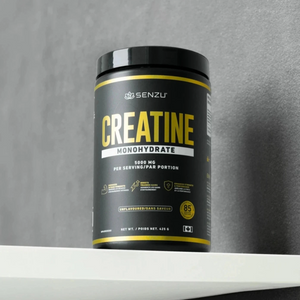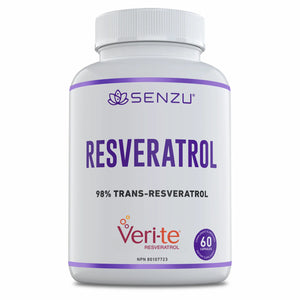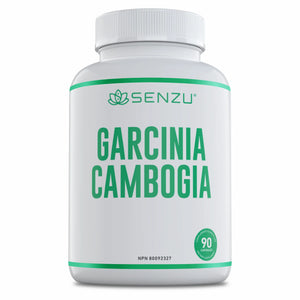Simple Stretching Routines to Improve Flexibility

Flexibility is a key component of overall fitness that is often overlooked in favor of strength or cardio training.
Yet, maintaining supple and flexible muscles is essential for pain-free movement, good posture, and injury prevention.
Whether you’re an athlete, a fitness enthusiast, or simply want to improve your overall movement and flexibility, there is a series of routines you can do to start improving your physical wellness.
You don’t need hours in a yoga studio or complex routines to see results. By incorporating simple stretching routines into your daily schedule, you can gradually improve your flexibility and enjoy the many benefits it brings.
Why Flexibility Matters
Flexibility allows your muscles and joints to move through their full range of motion. This not only makes daily activities easier but also helps prevent injuries, enhances muscle coordination, and improves posture. Flexible muscles recover faster after exercise and reduce the risk of strains and sprains. In the long run, maintaining good flexibility supports healthy aging and a more active lifestyle.
Stretching Basics
Before diving in, it’s important to understand the fundamentals:
-
Static Stretching: Holding a stretch for 15-60 seconds. Ideal after workouts.
-
Dynamic Stretching: Moving parts of your body through a full range of motion. Perfect for warming up.
-
Warm Up First: Do a light warm-up (like brisk walking) before stretching cold muscles.
-
Never Force a Stretch: Stretch to the point of mild tension, not pain.
Simple Stretching Routines

The following routines are designed to be quick, easy, and effective. They can be performed by anyone, regardless of fitness level.
Full-Body Stretching Routine (10-15 minutes)
This routine covers all major muscle groups. Hold each stretch for about 30 seconds and repeat on both sides where applicable.
Neck Stretch
-
Sit or stand tall. Gently tilt your head to one side, bringing your ear toward your shoulder.
-
Hold, then switch sides.
Shoulder Stretch
-
Bring one arm across your body at shoulder height.
-
Use your other hand to gently pull your arm closer to your chest.
-
Hold, then switch arms.
Triceps Stretch
-
Reach one arm overhead, bend the elbow, and touch your upper back.
-
Use your other hand to gently press on your bent elbow.
-
Hold, then switch arms.
Chest Opener
-
Clasp your hands behind your back, straighten your arms, and lift your hands slightly while opening your chest.
-
Hold and breathe deeply.
Side Stretch
-
Stand tall, raise one arm overhead, and lean to the opposite side.
-
Hold, then repeat on the other side.
Cat-Cow (Spinal Flexibility)
-
Get on all fours. Arch your back (cat), then drop your belly and lift your head and tailbone (cow).
-
Repeat slowly for several breaths.
Seated Hamstring Stretch
-
Sit with one leg extended, other foot against your inner thigh.
-
Reach toward your toes, keeping your back straight.
-
Hold, then switch legs.
Quad Stretch
-
Stand on one foot, grab your ankle behind you, and gently pull your heel toward your buttock.
-
Keep your knees together. Hold, then switch legs.
Hip Flexor Stretch
-
Kneel on one knee, other foot flat in front. Shift your weight forward to stretch the front of the hip.
-
Hold, then switch sides.
Calf Stretch
-
Stand facing a wall, place hands on the wall. Step one foot back, press heel into the floor.
-
Hold, then switch legs.
Targeted Flexibility Routines
If you want to focus on specific areas, try these targeted routines:
Upper Body (Shoulders, Arms, Back)
-
Shoulder Stretch
-
Triceps Stretch
-
Chest Opener
-
Child’s Pose
Lower Body (Hips, Legs, Calves)
-
Seated Hamstring Stretch
-
Quad Stretch
-
Hip Flexor Stretch
-
Calf Stretch
Back and Core
-
Cat-Cow
-
Seated Spinal Twist
-
Cobra Pose
Tips for Getting the Most Out of Your Stretching Routine
Consistency and Patience: Flexibility Increases Over Time
Stretching once won’t make a big difference. Consistent, regular stretching (3-5 times per week) leads to gradual improvements.
Breathing Techniques During Stretches

Breathe slowly and deeply while holding stretches. Exhale as you move deeper into each stretch.
Listening to Your Body and Personalizing Your Routine
Pay attention to how your body feels. Modify stretches to suit your needs, and avoid pushing into pain.
Frequently Asked Questions
How Often Should I Stretch?
Ideally, stretch 3-5 times per week. Daily stretching yields the best results, especially if improving flexibility is your goal.
Can Stretching Replace Other Forms of Exercise?
While stretching is important, it doesn’t replace strength, cardio, or balance exercises. It should complement a well-rounded fitness routine.
What if I’m Not Naturally Flexible?
Flexibility can be improved at any age or starting point. Start gently, be patient, and you’ll see progress over time.
Conclusion
Improving flexibility doesn’t require complicated routines or special equipment—just a commitment to regular stretching. By incorporating these simple routines, you’ll move with greater ease, reduce your risk of injury, and support your overall health. Start today, and enjoy the benefits of a more supple, flexible body!

















